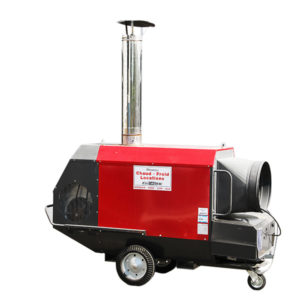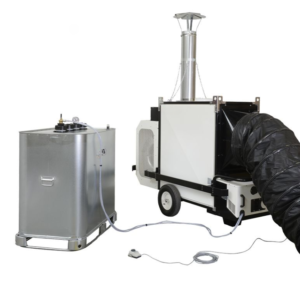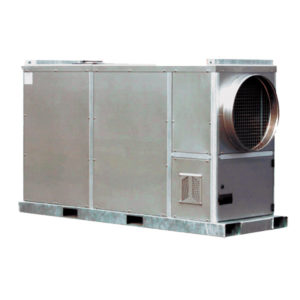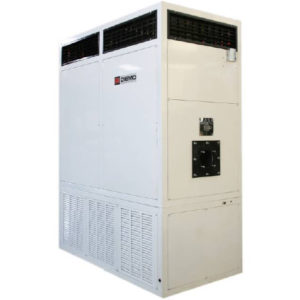LARGE-VOLUME HEATING
Before embarking on the search for a high-powered heater, you need to determine your thermal requirements and take into account several important factors when selecting heaters for large volumes. First, let’s answer these questions.
What is the nature of the building to be heated?
Is it well insulated? What insulating materials are available? What is the nature of the soil? Are there big doors, and are they often open?
What is the activity in the building to be heated? Is it an ERP building, a storage warehouse or a workshop? the number of people working there?
Are there mechanical air extractions? what are the heat inputs (oven, cabin, etc.)?
As you can see, when it comes to large-volume heating systems, whether for sale or rent, you need to take all these parameters into account, so as not to underestimate the energy required.
What is the desired temperature?
So you’ll have to ask yourself the question and see how viable the project is, depending on the desired temperature? Is it for the entire large volume, or is it for certain areas (production zones, workstations, entry or exit locks, etc.)?
Of course, you need to take into account the geographical location of the building and its locality) and find out about the minimum winter temperature.
Considering that a set point reduction from 18° to 15° will allow you to size your heating system 20% smaller, and will result in a 30% reduction in annual consumption, this is an important factor.
Which energy is right for large volumes?
What energy resources are available on site: natural gas, propane gas tank, fuel oil, electricity (three-phase plugs), solid fuel, wood pellets? If the necessary energy is not available, what will the supply costs be?
All this information will enable the POLYPOLES design office to draw up a precise heat balance and make appropriate technical proposals for your project. Polypoles can also provide annual consumption estimates and a budgetary approach to your operating costs. Ecological considerations regarding CO2 emissions and the recyclability of your heating system.
The ideal location for the heating system will then be determined, and the distribution of energy throughout the premises will be considered. Depending on the technology used, distribution can be either “loose” or via networks of flexible or rigid ducts. The air circulation rate in the room should be between 2 and 5.
Finally, you’ll need to consider annual maintenance of your heating system. Polypoles can assist you with this service.
Showing all 4 results




